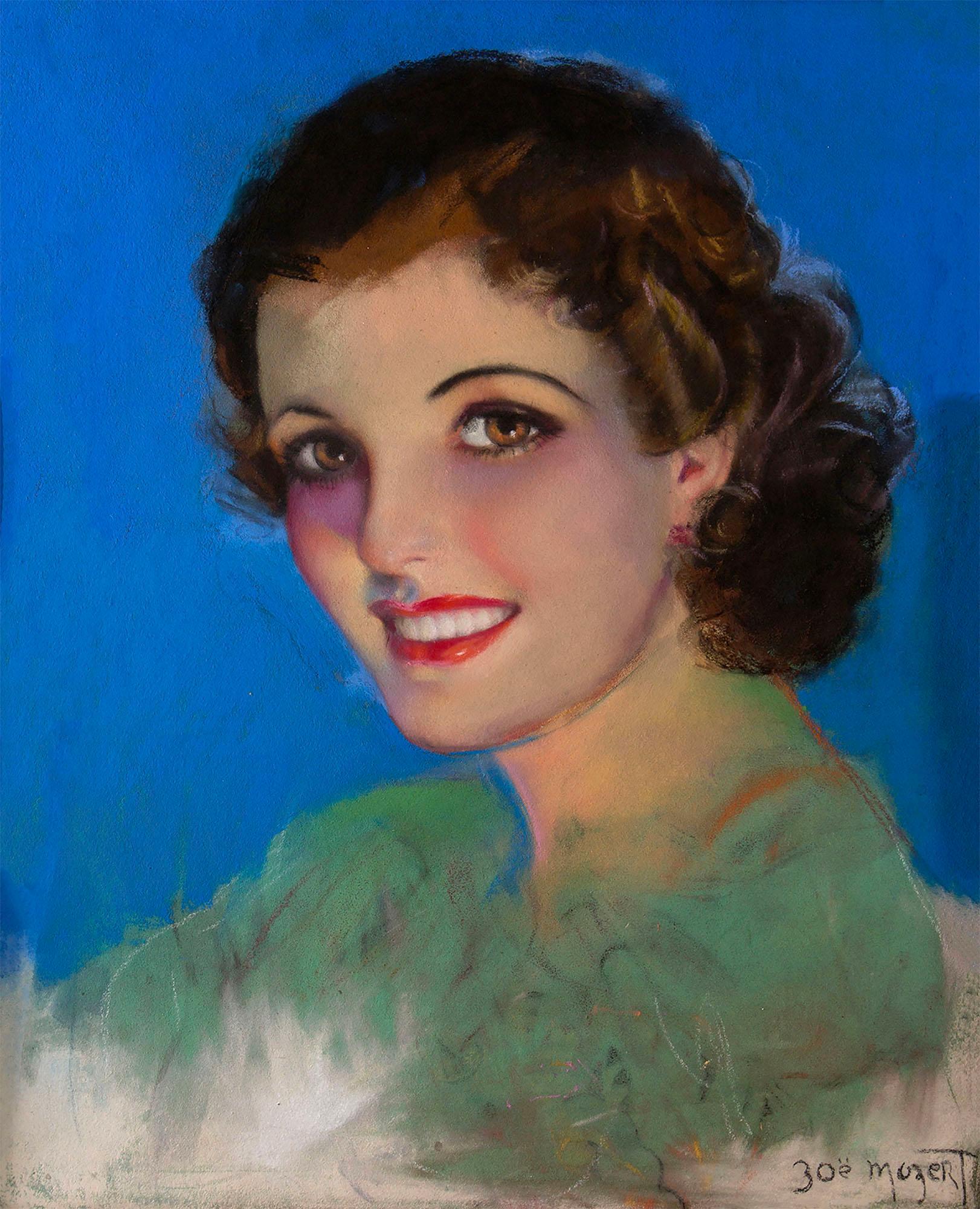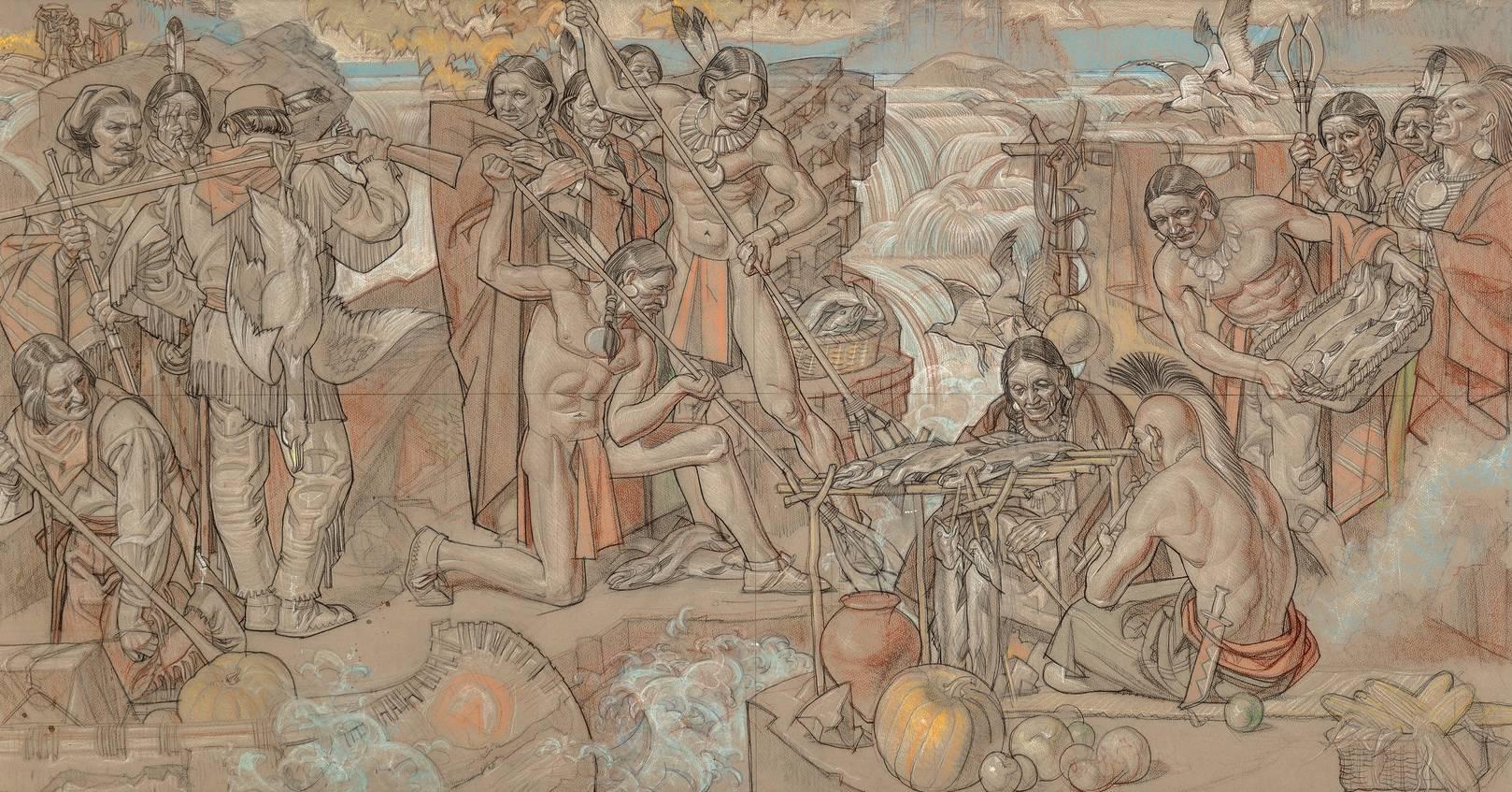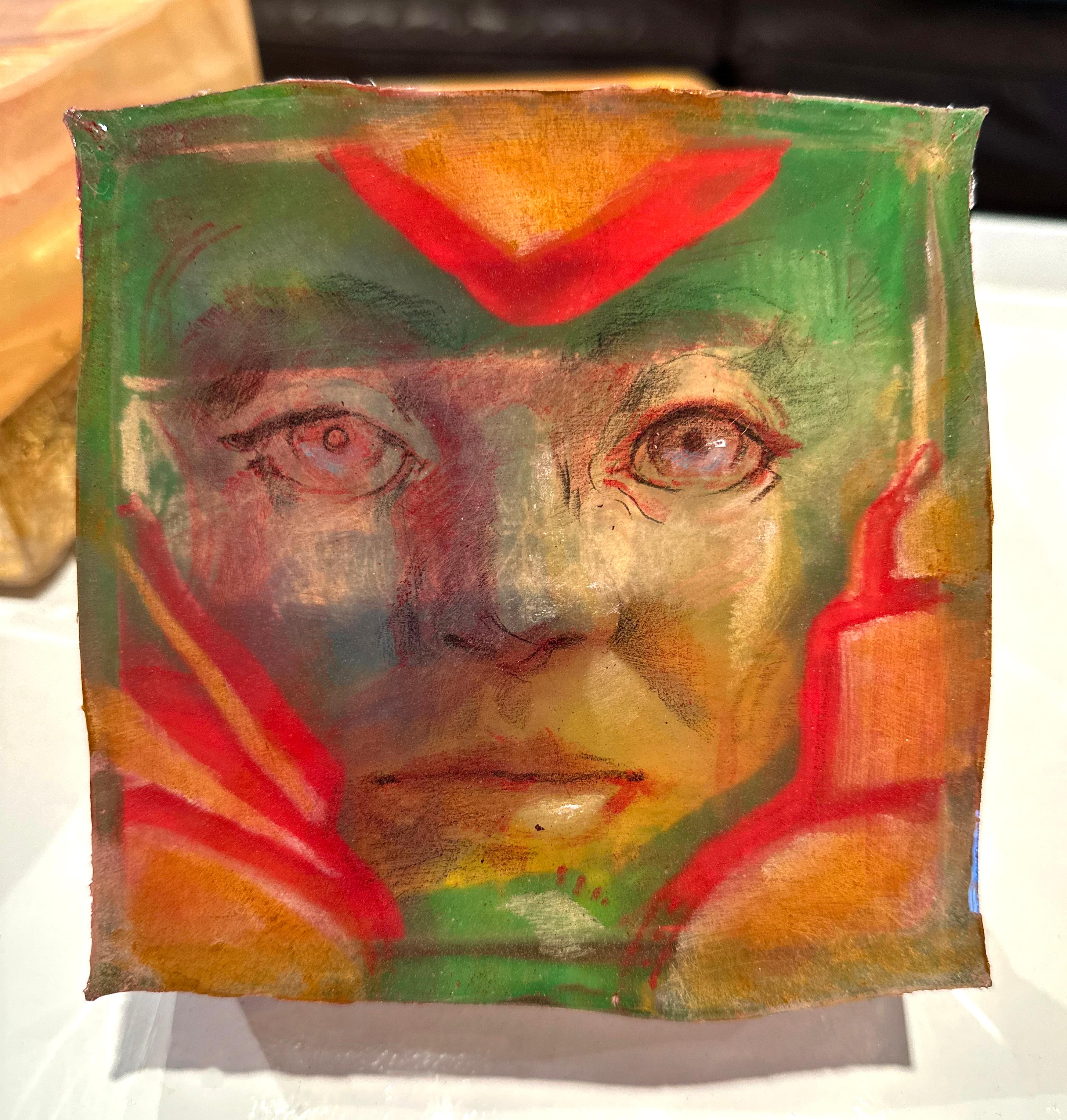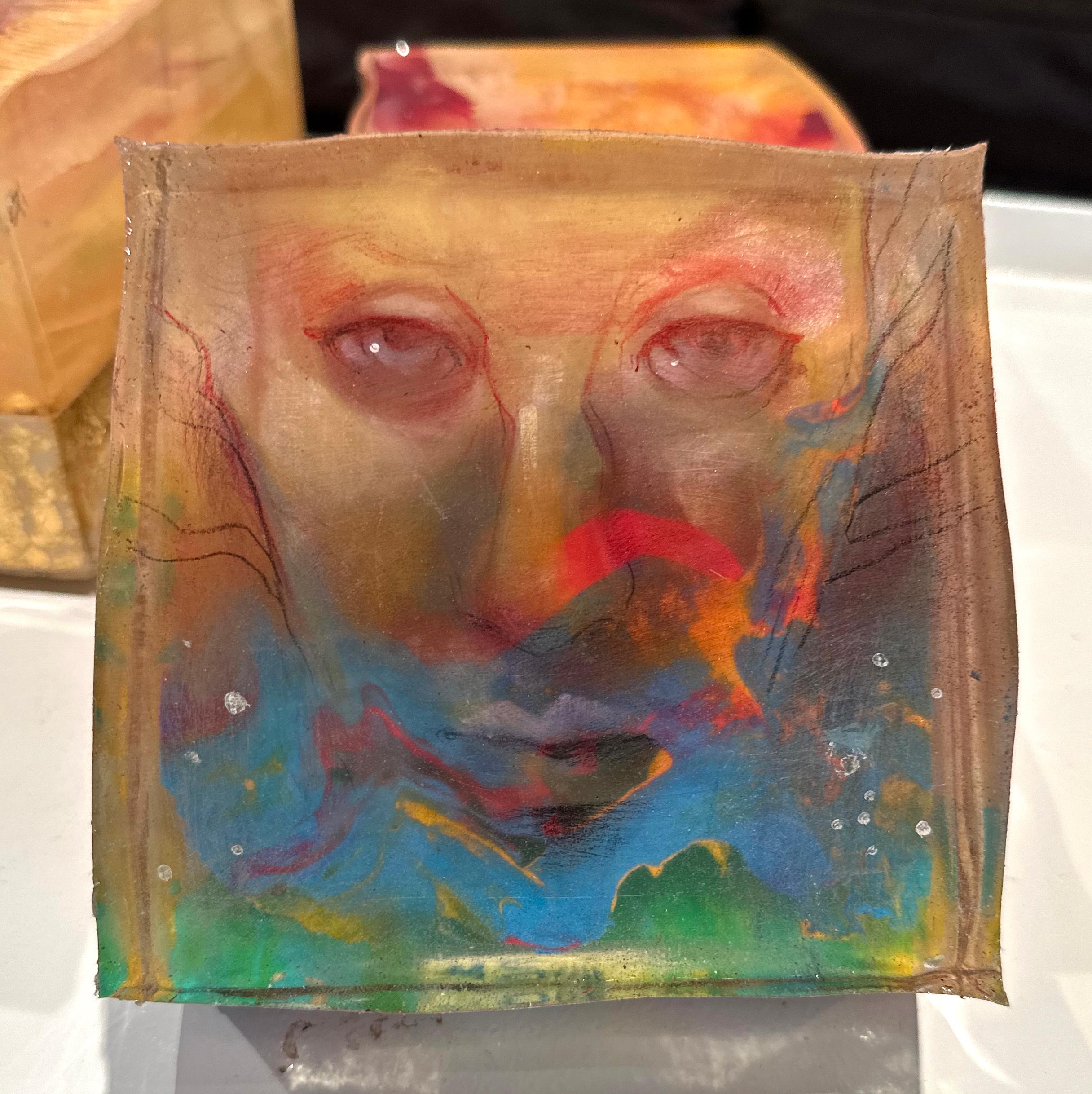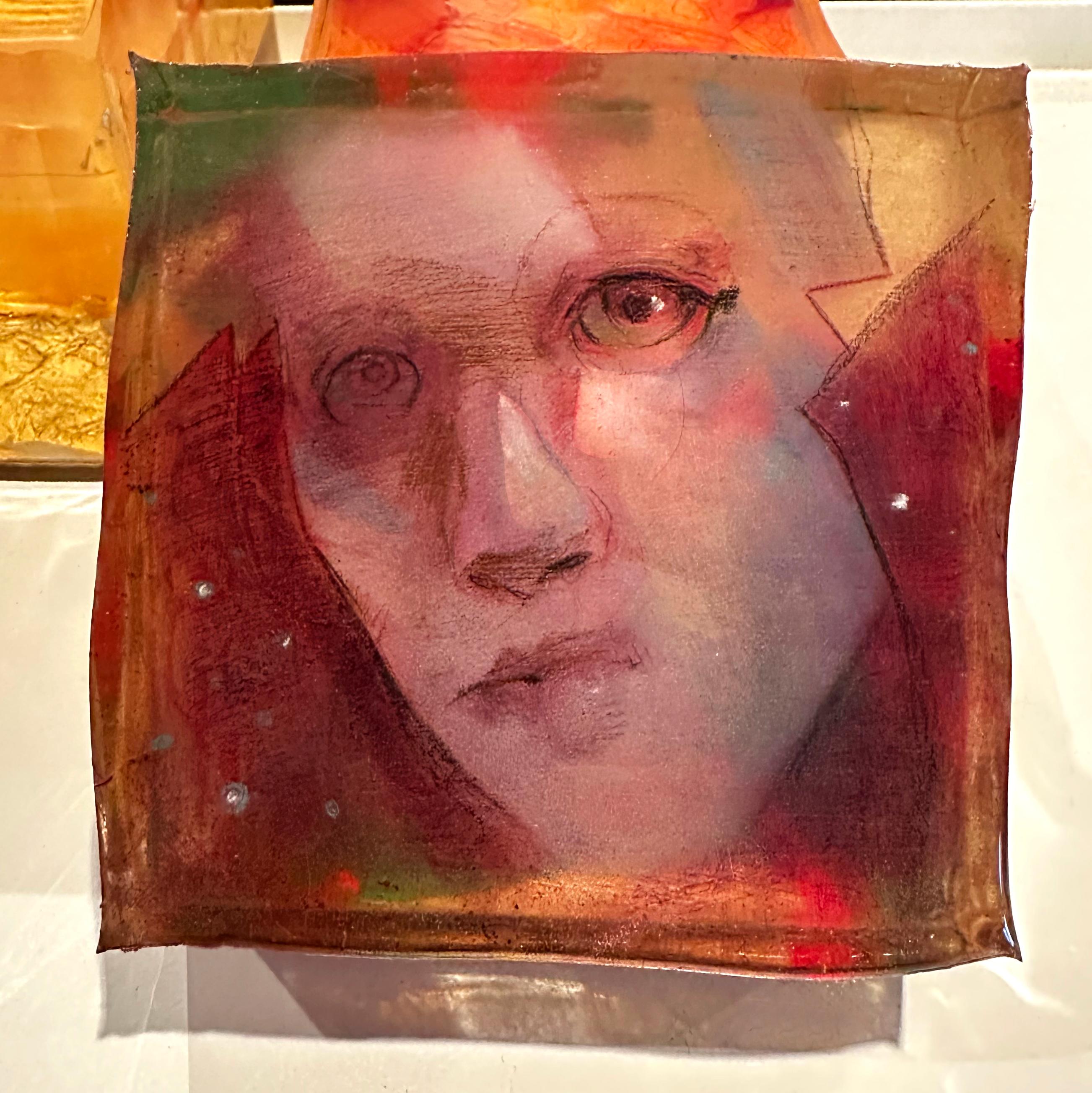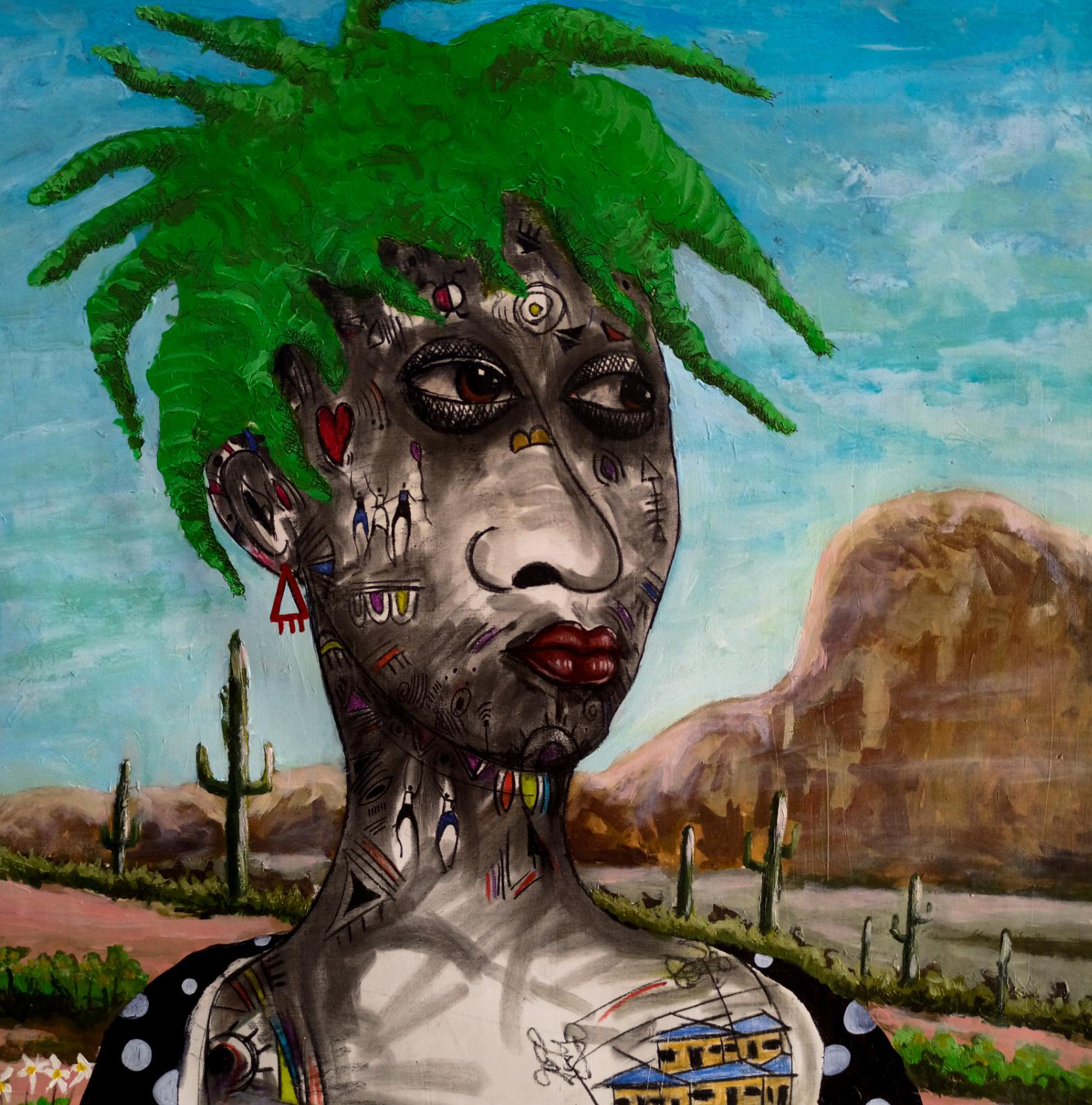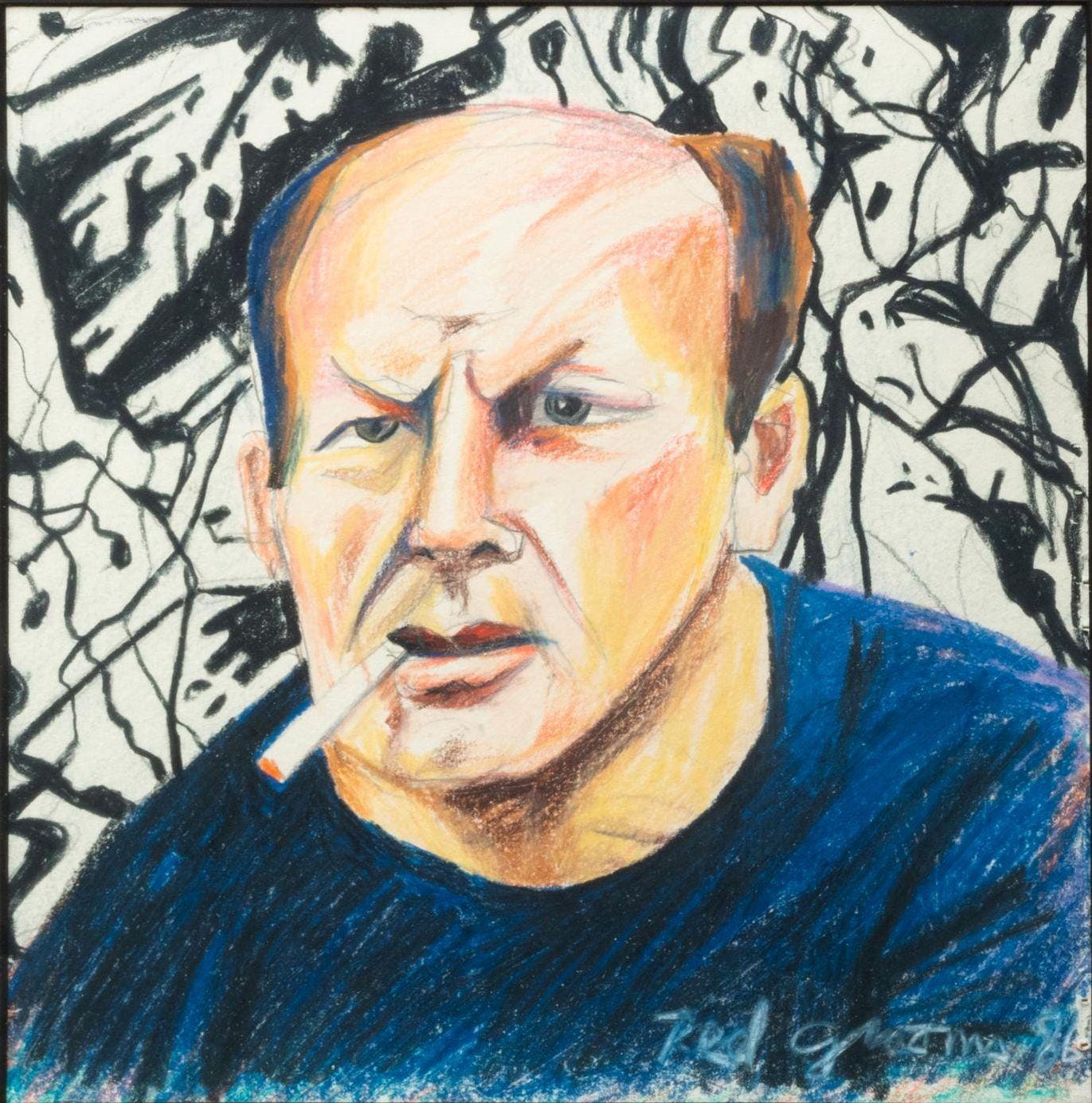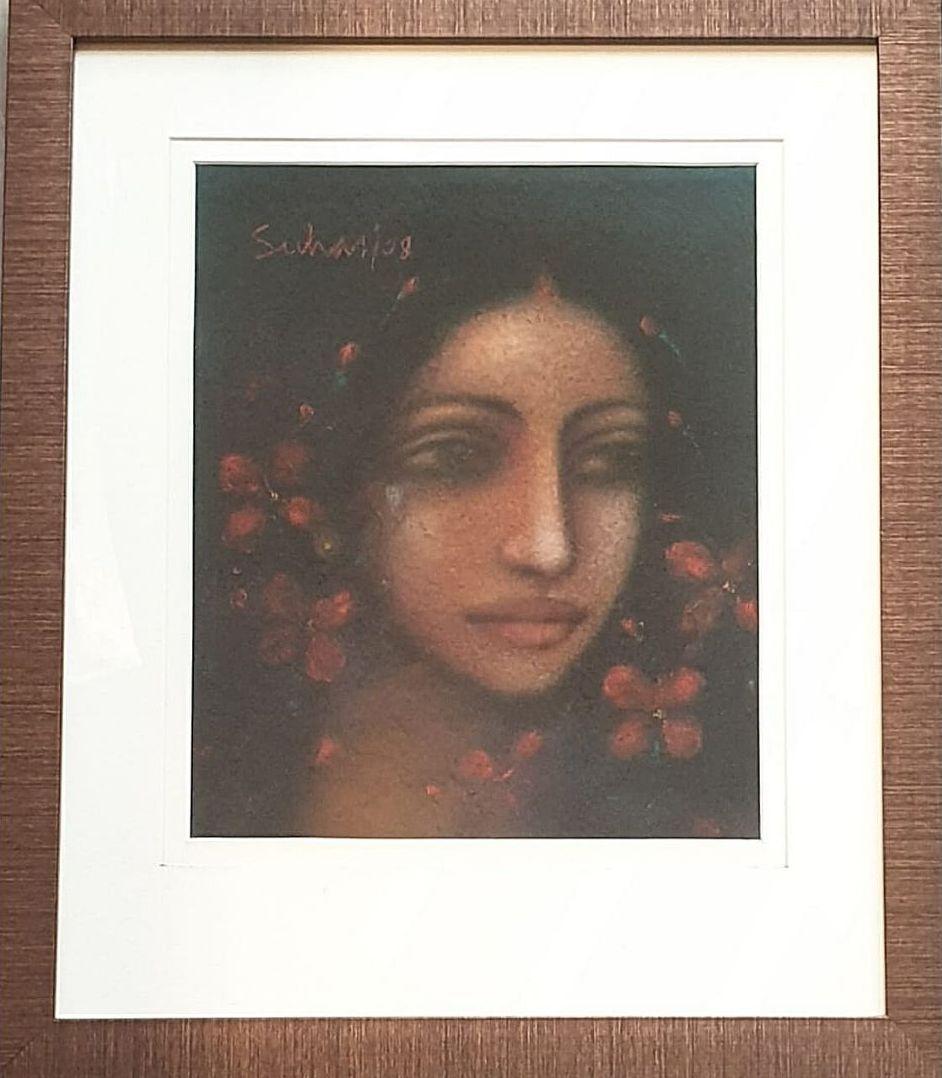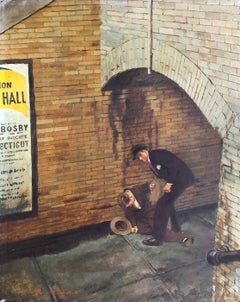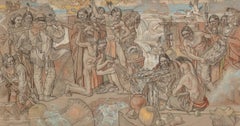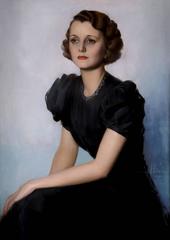
Mary Astor Hollywood Portrait
View Similar Items
1 of 6
Rolf ArmstrongMary Astor Hollywood Portrait1938
1938
Price:$7,000
$8,500List Price
About the Item
- Creator:Rolf Armstrong (1889 - 1960, American)
- Creation Year:1938
- Dimensions:Height: 44 in (111.76 cm)Width: 33 in (83.82 cm)
- Medium:
- Movement & Style:
- Period:
- Condition:
- Gallery Location:Minneapolis, MN
- Reference Number:1stDibs: LU12221303373
Authenticity Guarantee
In the unlikely event there’s an issue with an item’s authenticity, contact us within 1 year for a full refund. DetailsMoney-Back Guarantee
If your item is not as described, is damaged in transit, or does not arrive, contact us within 7 days for a full refund. Details24-Hour Cancellation
You have a 24-hour grace period in which to reconsider your purchase, with no questions asked.Vetted Professional Sellers
Our world-class sellers must adhere to strict standards for service and quality, maintaining the integrity of our listings.Price-Match Guarantee
If you find that a seller listed the same item for a lower price elsewhere, we’ll match it.Trusted Global Delivery
Our best-in-class carrier network provides specialized shipping options worldwide, including custom delivery.You May Also Like
Golden Age of Illustration Beautiful Smiling Woman, Female Illustrator
By Zoë Mozert
Located in Miami, FL
Stunning portrait with a killer smile by Golden Age of Illustration female Illustrator Zoë Mozert. Signed lower right. Framed under glass, silk matted and i...
Category
1930s Portrait Paintings
Materials
Pastel, Illustration Board
O MARA'S MUNICIPAL TAVERN - Saturday Evening Post Illustration
By George Garland
Located in Miami, FL
O MARA'S MUNICIPAL TAVERN - Saturday Evening Post Illustration
Supreme technical skill allows the artist to realistically capture an...
Category
1950s American Realist Figurative Paintings
Materials
Gouache, Illustration Board
Fallen Man - Golden Age of Illustration
By Austin Briggs
Located in Miami, FL
Saturday Evening Post, Story Illustration
Depicts Connecticut train station with possible drunk commuter being assisted by good samaritan
Signed lower left
Provenance: Illustration ...
Category
1950s American Realist Figurative Paintings
Materials
Oil, Illustration Board
American Indian - Androscoggin River Falls, Manufacturers National Bank Study
By Dean Cornwell
Located in Miami, FL
If there ever were a perfect work in the canon of art history, this masterpiece study by Dean Cornwell would be it. Every line has meaning and not a line out of place, as Cornwell d...
Category
1960s American Realist Figurative Paintings
Materials
Pastel, Pencil
Judaica Pastel Portrait Rabbi Painting WPA Era Artist, Social Realist
By Bernard Gussow
Located in Surfside, FL
Bernard Gussow 1881 -1957
Bernard Gussow was active/lived in New York, New Jersey / Russian Federation. Bernard Gussow is known for genre, landscape, figure, interior paintings.
Ber...
Category
1940s American Realist Portrait Drawings and Watercolors
Materials
Oil Pastel
"Inner Soul" (2022) By Marc Scheff, Original Multi-Media Painting
By Marc Scheff
Located in Denver, CO
"Inner Soul" (2022) By Marc Scheff is original handmade multi-media piece made with layered resin, pencil, acrylic, and pastel on a cradled board. This piece depicts an abstract port...
Category
21st Century and Contemporary Abstract Paintings
Materials
Resin, Acrylic, Board, Pencil, Pastel
Recently Viewed
View AllMore Ways To Browse
Rolf Armstrong 1930
King James I
Full Length Portrait Oil Painting
Painted Portrait Girl In Pink
Portrait Rabbi
18th Century Portrait American
Portrait Of Sailor
19th Century Oil Portrait Child
1800 Oil Painting Portrait
18th Century German Portraits
Oil Painting Of Victorian Lady
Portrait German 18th Century
17th Century English Portraits
Neo Conceptual Art
19th Century Oil Portraits Of Children
Portrait Of Rabbi
Royal Stuart
16th Century Religious Painting
